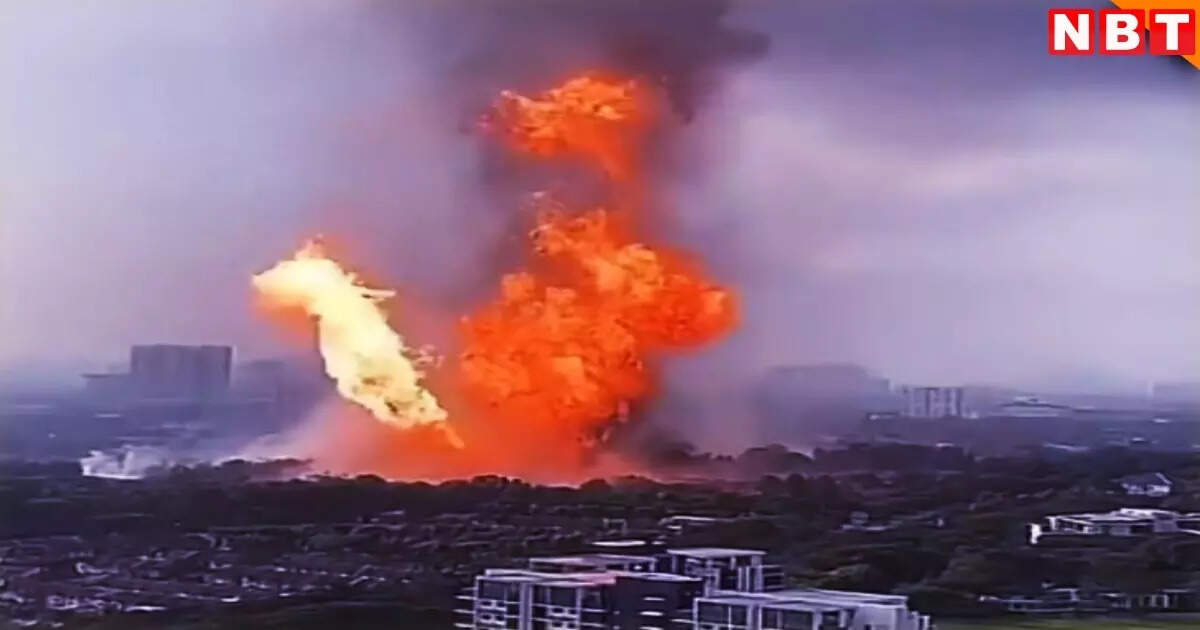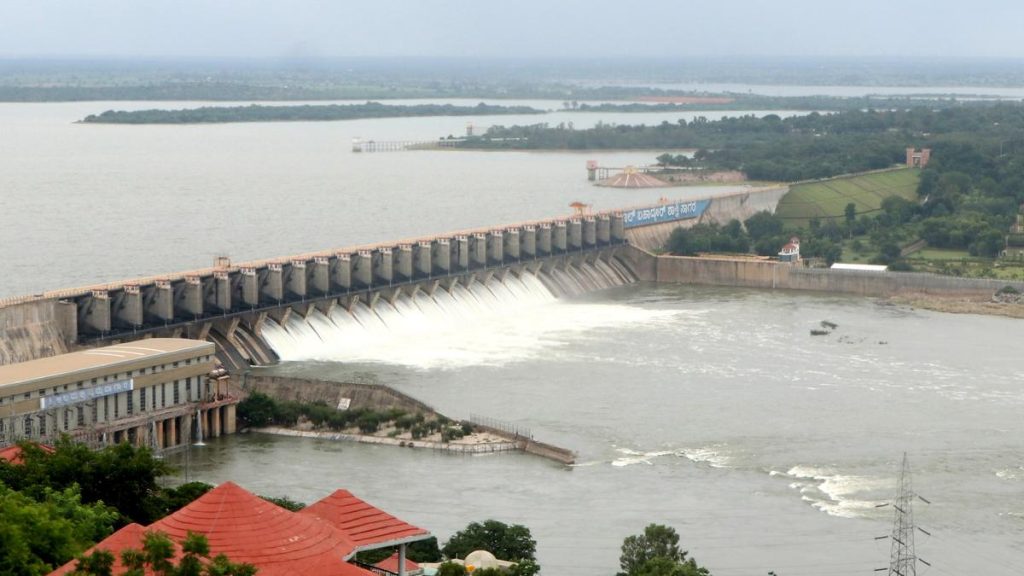Now Reading: मलेशिया गैस पाइपलाइन में भीषण आग, धमाके से गगन में ‘मशरूम बादल
-
01
मलेशिया गैस पाइपलाइन में भीषण आग, धमाके से गगन में ‘मशरूम बादल
मलेशिया गैस पाइपलाइन में भीषण आग, धमाके से गगन में ‘मशरूम बादल

Fast Summary
- Location and Incident: A gas pipeline explosion occurred near Putra Heights in Selangor State, close to Kuala Lumpur, Malaysia.
- Timing: The explosion took place at around 8:10 AM Malaysian time.
- Casualties and Damage:
– 12 people have been seriously injured.
– Emergency teams rescued at least 82 individuals from affected areas.
- Emergency Response:
– Firefighters and medical teams are actively working on rescue operations. Dozens of firefighters were deployed after the blast was reported due to a pipeline rupture.
– Victims are being treated at a temporary relief center in the multipurpose hall of Putra Heights Mosque. Some critically injured have been shifted to hospitals for urgent care.
- Current Situation:
– Nearby residential areas evacuated as precautionary measures continue.
– Approximately a 500-metre section of the gas pipeline is engulfed in flames. Efforts are underway to extract fuel safely from leaking pipelines to prevent further explosions.Video footage circulating on social media shows a massive mushroom cloud rising from the site after the explosion.
Indian Opinion analysis
This incident highlights important vulnerabilities in critical infrastructure related to gas pipelines, which can led to large-scale emergencies when mishandled or neglected. Such disasters underscore broader concerns about safety protocols globally, including neighboring nations like India that rely heavily on extensive transportation networks for energy supplies.
India has made considerable advancements in managing industrial risks but continues facing challenges when ensuring thorough oversight against leakage incidents or similar hazards affecting high-density urban centers such as Mumbai or Bengaluru.
A takeaway for policymakers might potentially be emphasizing regular maintenance checks and enforcing stringent risk management practices within energy infrastructure systems domestically while learning lessons from international cases like Malaysia’s incident for better preparedness during unexpected calamities.
























